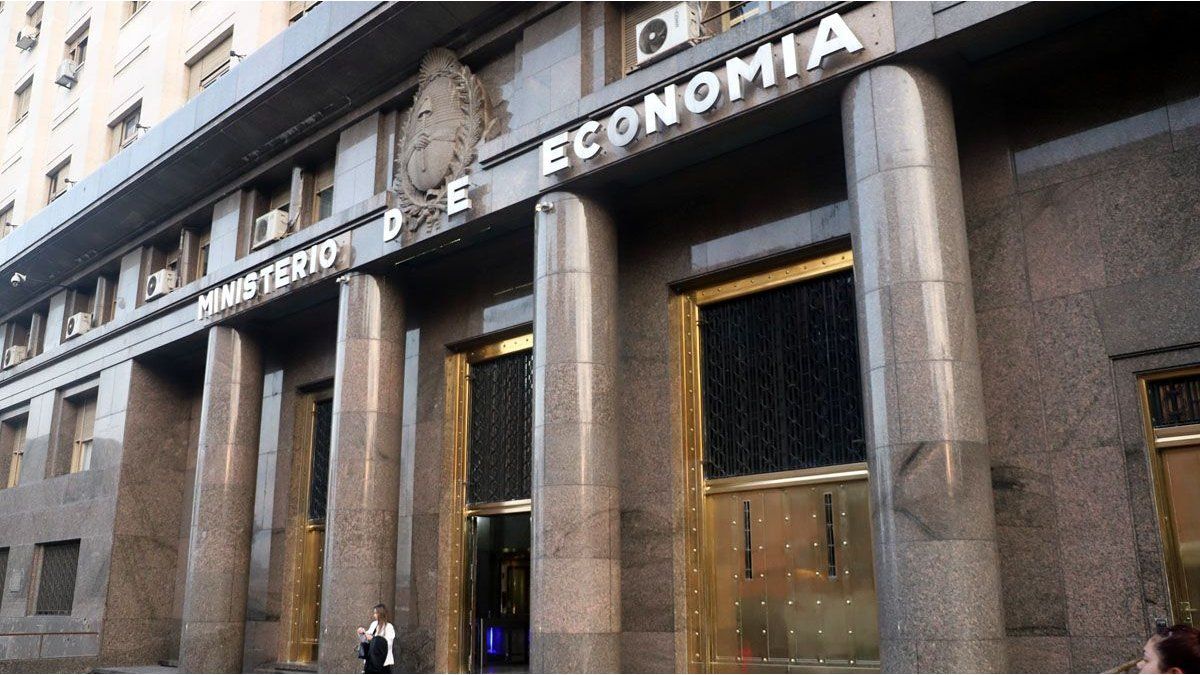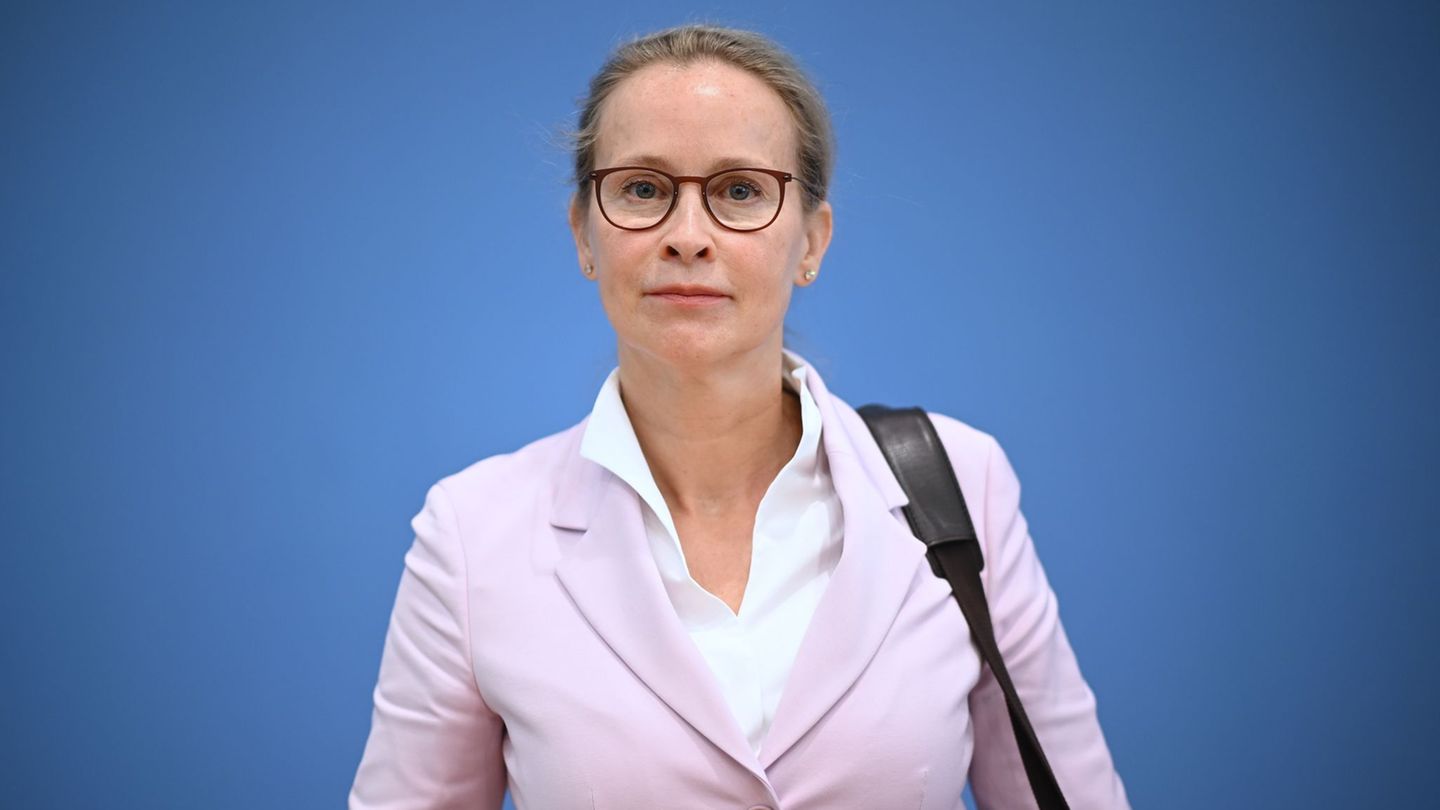The inflation rose in November to almost 5% annually, according to the INE. The data is not surprising: the prices of many products that had fallen sharply at the end of last year have now entered a more “normal” path and the annual rate, on a historically low price base, tends to rise. It is a kind of “rebound” that does not substantially alter the recent achievements in reducing the inflation to historic lows.
In fact, even with this increase of almost 7 tenths, the inflation remains within the target range of the central bank, which ranges from 3 to 6%. Inflation is approaching the median projection of the analysts consulted by the Central Bank, which puts this indicator at 5.2% annually at the end of 2023.
Specifically, in November there was a notable increase in the price of fruits, which increased almost 3% on average. In the annual variation, fruits and vegetables show an increase of 24%, being one of the components of the CPI which shows a greater rise. The price dynamics of this item deserve special consideration in a tone of concern: the market for these products is protected and in a discretionary manner, through Afidis (health authorizations that are used for protectionist purposes). This issue, added to the difficulties that the dry For agricultural production, it generated a combo that drove prices to unprecedented levels. And given that indexing mechanisms persist, the exceptional increase in this item ends up being partly transferred to the general index.
Tradables, non-tradables and BCU
Beyond this particular issue, the “rebound” of the inflation -although it was planned- shows that the battle of the BCU to lower it has not yet been completed. When prices are discriminated according to tradables and non-tradables, CPA Ferrere’s analysis shows that the former rose 2.3% annually and the latter 6.4%. Tradable products are those that have open markets abroad (export and/or import), non-tradable products cover local services (education, health, professional services, etc.), which mostly have a salary component in their costs. And salaries have clearly increased above the inflation this year, with the well-known increase in real wages to record levels. Starting next year they will surely maintain increases aligned with the CPI (it is difficult for anything different to happen in an election year). In this way, some pressure on prices will remain on this side, which may delay the consolidation of the inflation within the target range.
Inflation and monetary policy
Even more so taking into account that the objective of the Central Bank is not only to lower the inflation directly recorded, month by month, by the CPI, but that it will persist in its contractionary monetary policy -“stubbornly” President Luis Lacalle Pou would say- until expectations align with its target range (3-6% annually). The battle continues.
Although the BCU It has been a long time since he intervened in the exchange market buying dollars and does not – obviously – directly finance the central government, is having a cost for this contractionary monetary effort by maintaining a growing stock of Monetary Regulation Bills (LRM) at high rates (9.6% at one year). So far this year, the LRM stock has grown by 22% and already reaches almost 340,000 million pesos (almost 8,500 million dollars). The effort in contractionary monetary policy is having an increasing cost for the BCU. Of course – by increasing the international rate – the monetary authority will also improve its interest income on reserves, an issue that must also be incorporated when evaluating the position of the BCU.
In any case, it would be good if the BCU have better company to lower the inflation and their expectations in a more consistent and definitive way, with a more open commercial policy and a salary that incorporates productivity and dynamics, beyond nominal adjustments. That’s where he is MTSS. It would be a shame if the great monetary effort made – with the well-known costs in competitiveness and economic activity – was left halfway.
Source: Ambito




